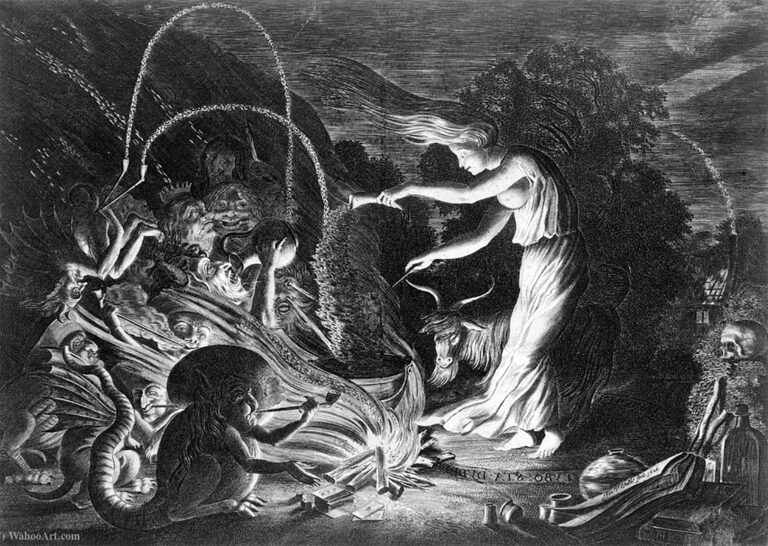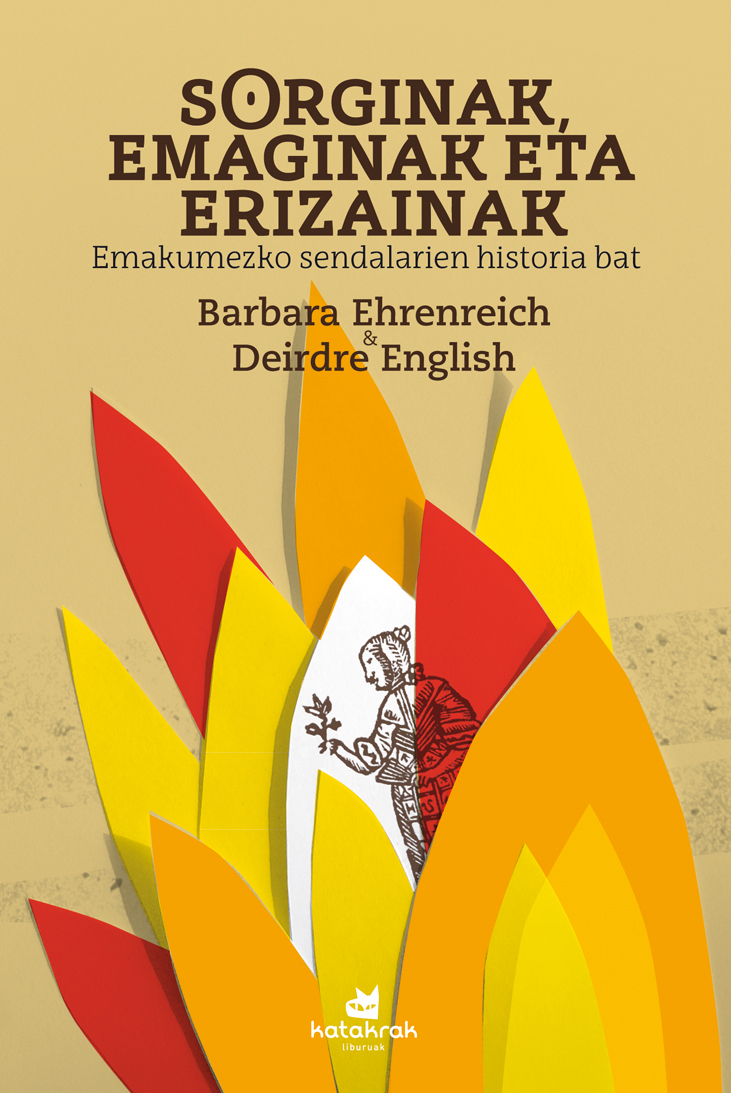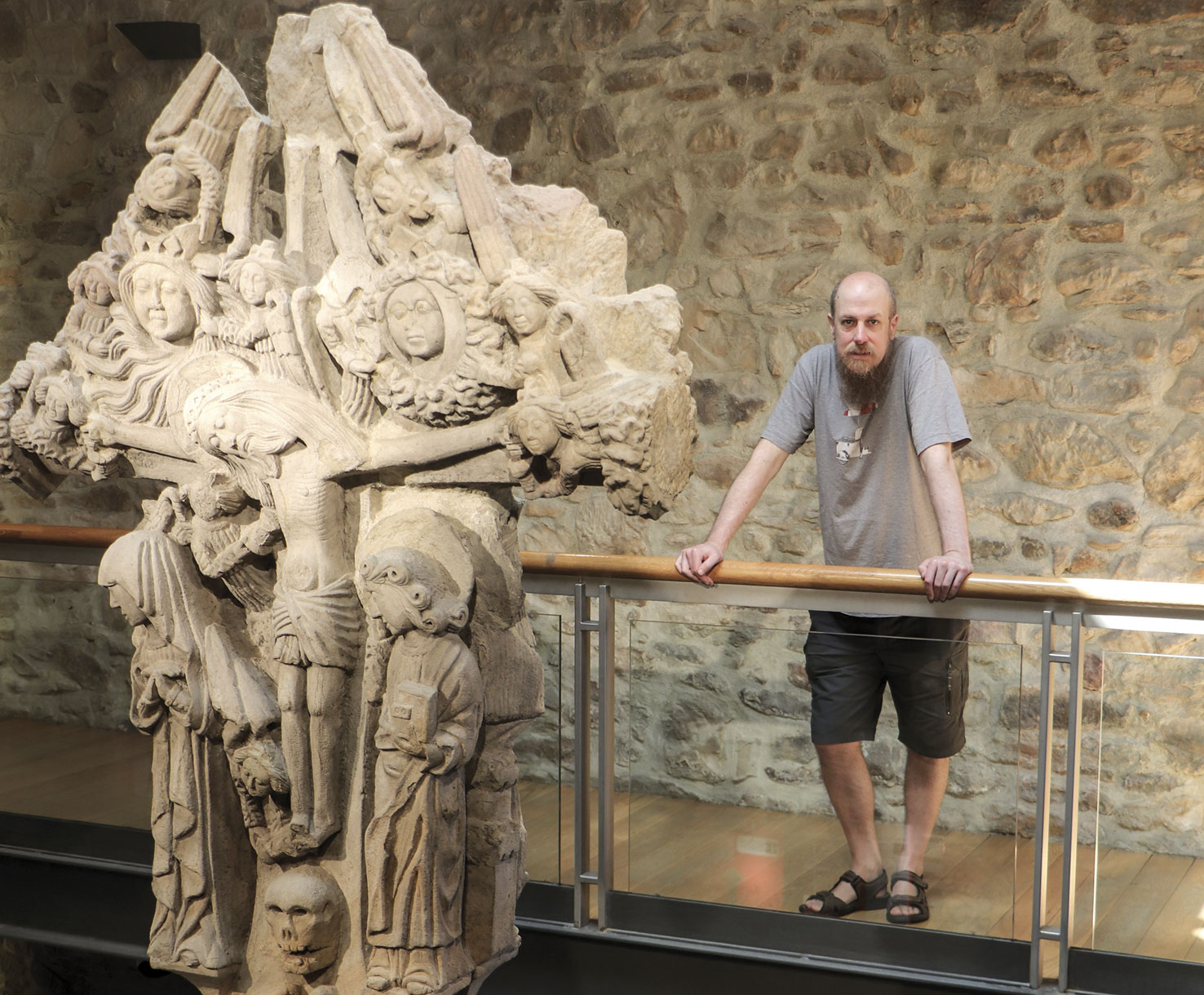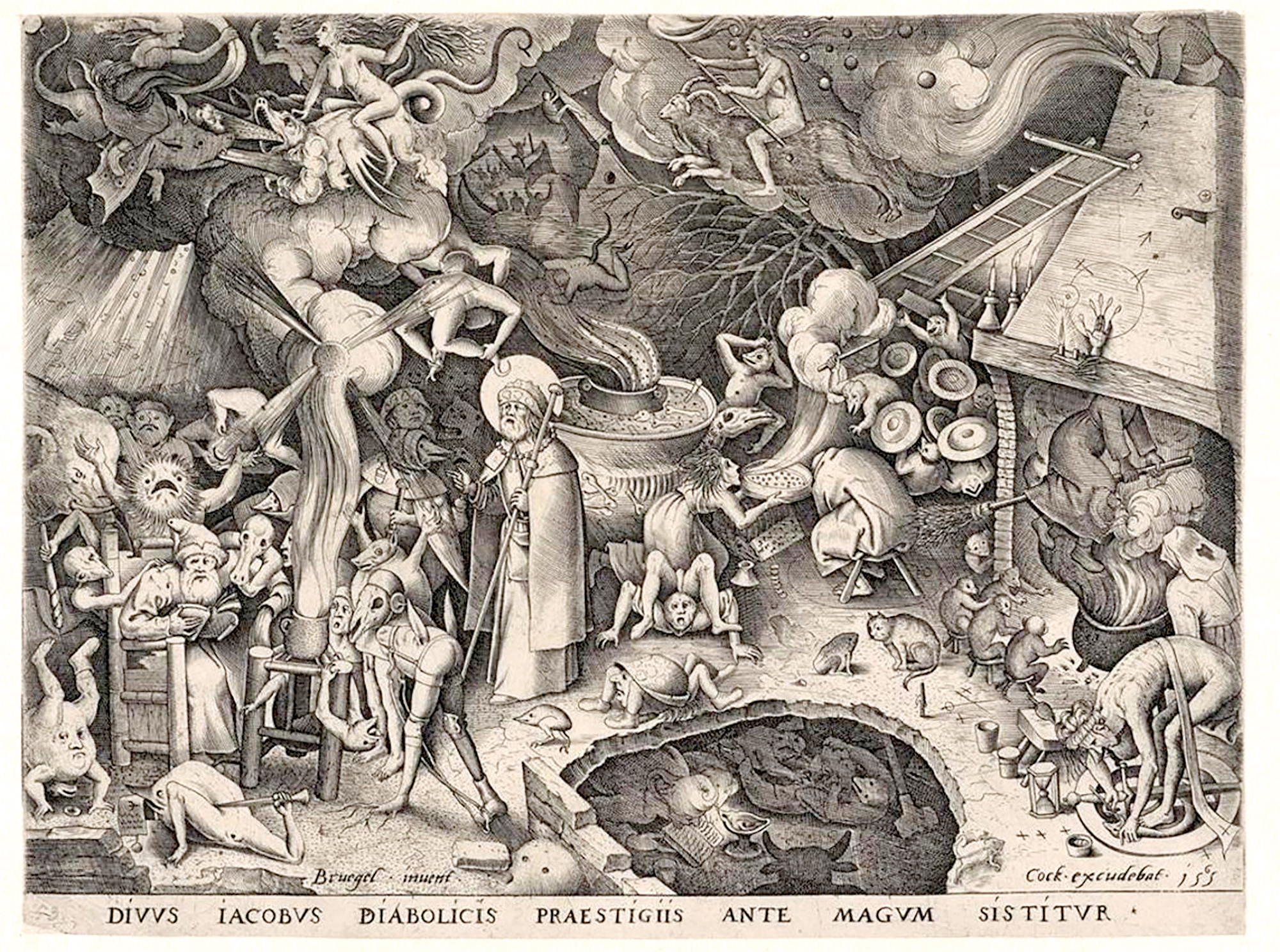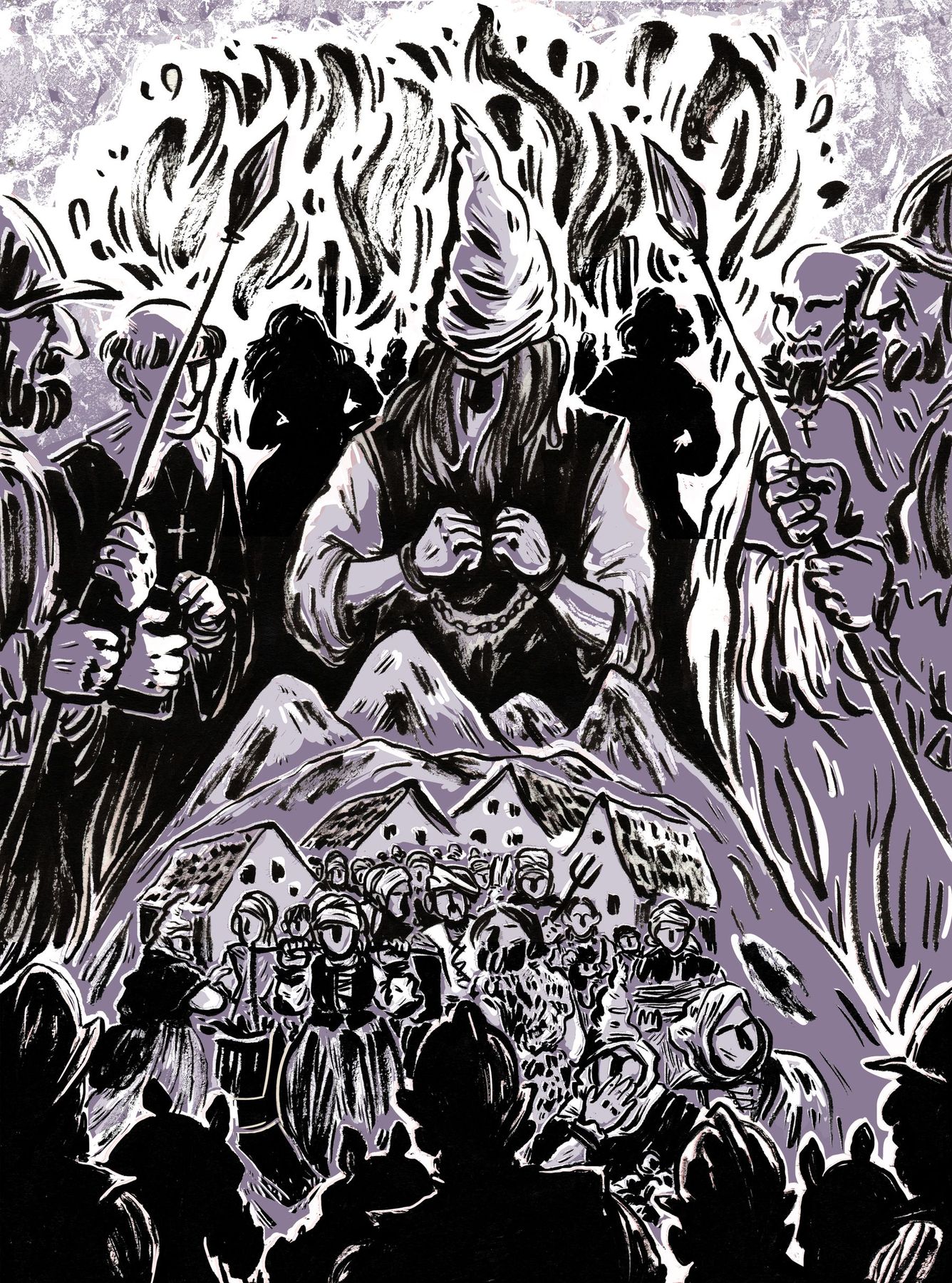Be witch, say witch
- This weekend is celebrated the 1st Edition of the History of the Witch Hunt. We have held a Feminist Meeting in Katakrak in Pamplona. While you are reading these lines, those of us who participated in the meeting will be in the caves of Zugarramurdi and Sara, reflecting on the message that the museum conveys about witches and denouncing commercialization with the imagery of witches.

The reader may think that organizing meetings on witch hunt is a kind of novelty or result of a last line of research assumed by feminism. In any case, those who work in feminist historiography have been making an unusual reading of this process against women for decades. Thus, by looking at this process from another point of view, we have realized that through this historical fact the necessary steps were taken to build a structure that is the basis of today's society. From this fact we can understand why throughout history violence against women has become naturalized, which has come to this day, and from that fact we can understand the creation of the capital fund.
In other words, witch hunt was not a peripheral process, but, from the sixteenth century on, the persecution that took place in Europe against thousands of women was fundamental to understanding the multiple forms adopted by the current economic system and the violence of the patriarchy. We therefore believe that it is essential to put this issue on the table and to reflect on and discuss it.
As a result of that hunting against women's bodies, thousands of women were killed in Europe. However, and despite the fact that it was one of the bloodiest historical processes of recent centuries, the traces of these murders do not appear anywhere, either in the streets of our towns and cities, in the places related to witch hunting, or in the stupid images of witches that we make available to our children. It is not clearly stated or stated that those women who were stigmatised by the name of witches were violently tortured and murdered. On the contrary, we are offered a naïve imaginary, an elderly assaulted, a black cat in the lap and a pointed hat in the head (in Euskal Herria over the past few years we have returned home that image, and instead of the usual black hat, we have put a white cloth hat on it). At best, we have added to the image of the witches miraculous abilities, we have turned the traditional witch into a wise and empowered woman, and so we have created a progre image of the witch, worthy of digesting for the most conscious women.
If we want to reclaim the memory of these women, the makeup of the image of the witch and offer a more tender product does not help us at all. What we have to do is reverse the false knowledge that the witch society has and explain loud and clear that these allegations and murders were part of a well-thought and well-conducted strategy to stigmatise women.
The denial of a place in history and the concealment of violence against women accused of witches clearly indicate that witch hunting and the very concept of witch are a source of conflict. The redenomination of these two concepts will allow us to re-read history and, consequently, women will be able to show themselves as subjects of history. Therefore, with the organization of this meeting, we wanted to start a process to rewrite the memory and recover the places of memory of the women denounced by witchcraft, and with this objective we have gathered in Pamplona women from Euskal Herria, USA, Ecuador and other places of the Spanish State.
In the Basque Country there is no museum that has as its axis the point of view of the women murdered by witchcraft, nor any other place for their memory. When we sing that we are grandchildren of witches that you did not burn, it explains the intention to designate that memory. The enormous work that feminist waves and women historians are doing has opened the way for us to make a fairer reading of our history. Looking forward, you see a nice road.
This view has been published by Berria and we have brought it to ARGIA thanks to the CC by-sa license
For a matter of work, I had to reread this wonderful book. A short book that brings together feminist theory, genealogy and history, and that will surely have a lot of criticism looking on the net and, surprise! I found one, which Irati Majuelo wrote in Berria.El book published... [+]
The Christian religion ended the knowledge, wisdom and self-management of witches, imposing thought and, therefore, a certain life. They were tortured, raped and killed. With the intention of moving these religious convictions to every corner of Europe, many citizens engaged in... [+]
Ezin zenbatu sorginen inguruan egindako liburu, film, erakusketa, hitzaldi eta souvenirrak Euskal Herrian. Baina gehienetan ohiko galderak baino ez dira iradokitzen, ea emakume horiek zer egiten zuten, ea benetan elkartzen ote ziren akelarrean, ea zer droga hartzen zuten, ea... [+]









